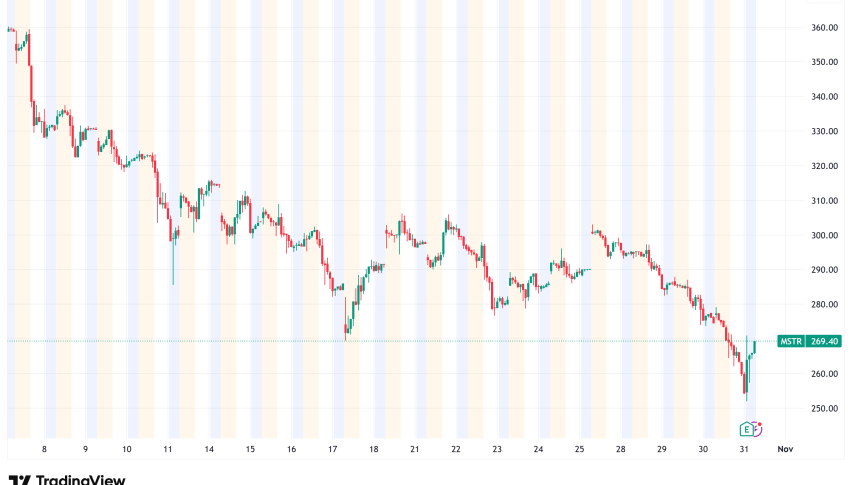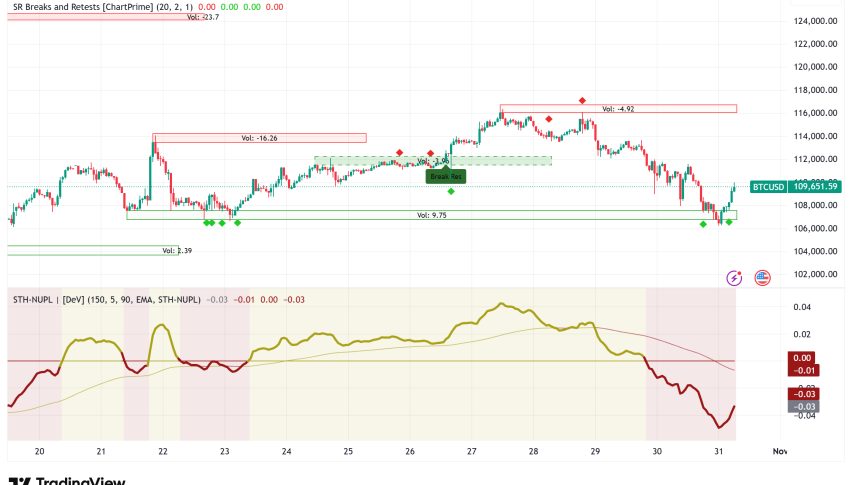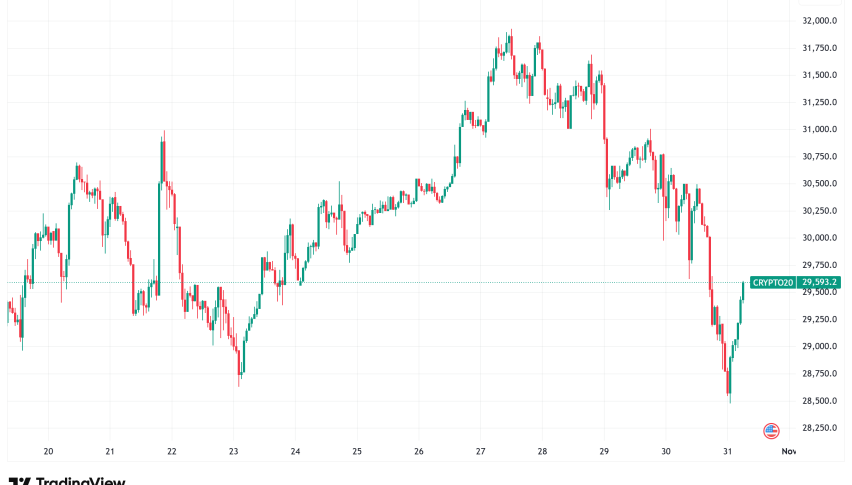Ethereum Braces for Fusaka Upgrade as Price Tests Critical $3,800 Support Level
Ethereum is having a hard time with its technology as it trades at $3,800, down more than 2% in the last 24 hours. Developers are getting
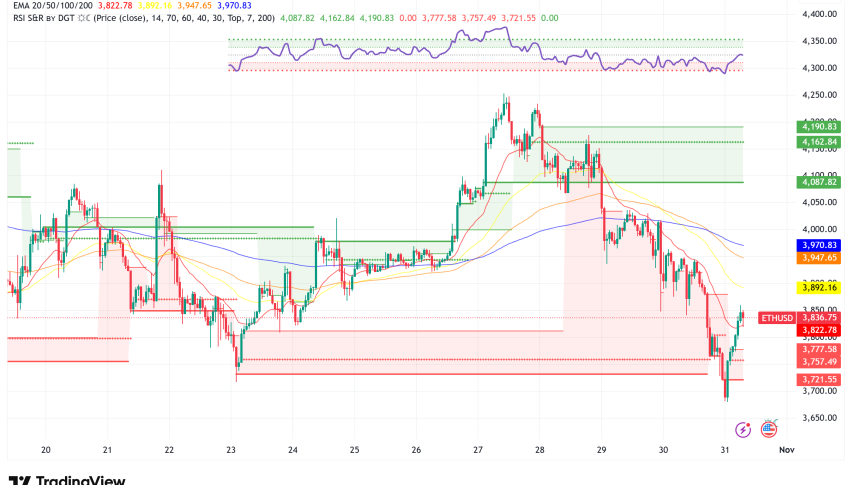
Quick overview
- Ethereum is currently trading at $3,800, down over 2% in the last 24 hours, while preparing for the Fusaka upgrade on December 3.
- The Fusaka upgrade aims to enhance scalability through PeerDAS, which could significantly improve layer-2 transaction speeds and costs.
- Despite bearish short-term technical indicators, institutional investments in Ethereum's layer-2 networks signal potential long-term growth.
- Future price predictions for Ethereum vary widely, with estimates ranging from $4,150 to $10,000 by 2027, depending on market conditions and upgrade success.
Ethereum ETH/USD is having a hard time with its technology as it trades at $3,800, down more than 2% in the last 24 hours. Developers are getting ready for a big network upgrade that might change the blockchain’s scalability path. The world’s second-largest cryptocurrency has a complicated situation since its prices are bad in the short term but its technology is getting better in the long run.
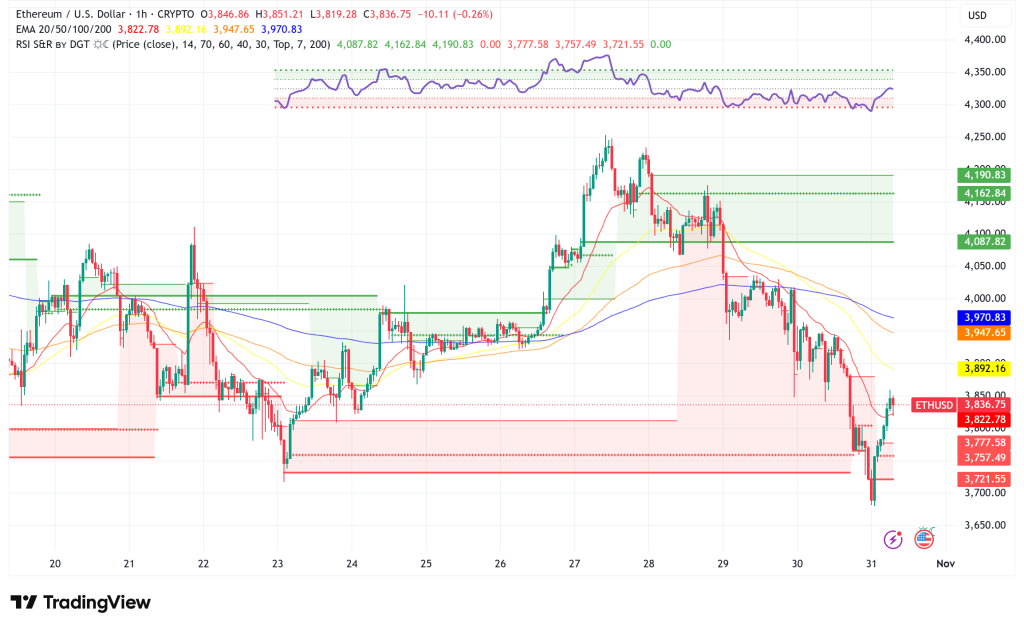
Ethereum Fusaka Upgrade: The Game-Changing December 3 Launch
The main developers of Ethereum have formally set December 3 as the date for the Fusaka upgrade to go live. This follows the successful completion of all three testnet implementations. PeerDAS (Peer Data Availability Sampling) is a new way to sample data that will greatly improve the performance of layer-2 networks.
Alex Stokes, an Ethereum engineer who organized Thursday’s consensus meeting, said, “The people I’ve talked to in the community are very excited about it.” “It’s a huge deal.”
PeerDAS expands on the work done by the Dencun upgrade from last year, which added “blobs” for temporary storing of layer-2 data. Fusaka will add more room for blobs in each Ethereum block. This might make layer-2 transactions speedier and almost free over time. Vitalik Buterin, one of the co-founders of Ethereum, has called PeerDAS “the key to layer-2 scaling.” He says that the improvement is necessary for Ethereum to become a global settlement layer for mainstream adoption.
The successful testnet deployments on the Holesky, Sepolia, and Hoodi networks have made it possible for the mainnet to be activated. This shows that the network is technically ready, even though the price is currently very volatile.
ETH/USD Technical Analysis: Bears Control the Short Term
Ethereum has a lot of problems from a technical point of view. The cryptocurrency has tried and failed several times to get back over the $4,000 mark, which is significant for the mind. The price action has formed a pattern of lower highs, which signals that bearish pressure will continue.
Key resistance levels have become stronger between $3,945 and $4,200, which is where the 50-day and 100-day exponential moving averages are. These technical barriers are stopping the upward momentum, and the 200-day EMA around about $3,550-$3,700 is the key support that bulls need to protect in order to keep the overall uptrend going.
Several technical indications show that the market is going down. Ethereum futures are only 5% more expensive than spot markets, which is a lot less than the 5-10% range that is normal when things are neutral and far from levels that would show optimistic enthusiasm. The Relative Strength Index (RSI) has remained around 45–50, which means that momentum is weak. Market mood indicators, on the other hand, suggest a negative bias with 19 technical indications flashing red and only 9 bullish signals.
Volume analysis also shows worrying patterns. Over the previous week, network fees on Ethereum’s base layer fell by 16% to just $5 million. At the same time, the number of active addresses fell by 4%. This drop in on-chain activity shows that there is less demand for Ethereum’s core services, even as layer-2 alternatives are becoming more popular.
Institutional Adoption Provides Silver Lining
Even though technical data are pointing to a bearish trend, changes in the institutional space are good news for Ethereum’s long-term future. SharpLink, a publicly traded firm, has put $200 million in ETH on Linea, an Ethereum layer-2 network. This was the first completely verifiable, ETH-aligned institutional treasury activation. This deployment, which uses EigenLayer’s EigenCloud and ether.fi restaking, shows that institutional investors think Ethereum is stable enough for regulated capital management.
With more than $1 billion in Total Value Locked (TVL) and $130 million in stablecoins, Linea is becoming an important part of Ethereum’s scaling infrastructure. These stablecoins are real liquidity inflows. The network’s buyback-and-burn system is directly linked to protocol revenue, which is in line with the growth of ETH value.
However, US-based Ethereum spot ETFs have had mixed results. For example, even though they saw $380 million in net inflows earlier in October, they didn’t keep going up. Since the middle of October, outflows have been the most common, which makes people wonder how much faith institutions have in the near future.
Ethereum Price Prediction: Multiple Scenarios in Play
The way things are set up technically makes it look like Ethereum is at a key point. If bulls can get back over $4,000 and stay there, they will be able to move toward $4,200-$4,500 in the near future. If volume verifies a breakthrough, they may even be able to go as high as $4,800. A monthly closing above $4,500–$4,600 would mean that the bulls are still strong and could go for fresh all-time highs above $5,000.
On the other hand, if existing support doesn’t hold, the price might drop back to $3,500–$3,700, and deeper corrections could even approach the August low of $3,354. Market analyst Ted Pillows said that the current situation is “either a classic bear trap or the crypto market is going way lower.” He pointed out that Ethereum has had a hard time gaining traction even though the economy is doing better, with the Federal Reserve cutting interest rates and trade relations between the US and China getting better.
Analysts have quite different ideas on what will happen in the future. Conservative estimates say that Ethereum will trade between $4,150 and $4,800 by the end of 2025. More optimistic models, on the other hand, say that it might trade between $5,500 and $6,200 if Fusaka is successfully implemented and the market becomes more liquid. Some analysts think that ETH might reach $10,000, but they warn that this could take a few years, until 2027 or 2028.
- Check out our free forex signals
- Follow the top economic events on FX Leaders economic calendar
- Trade better, discover more Forex Trading Strategies
- Open a FREE Trading Account
